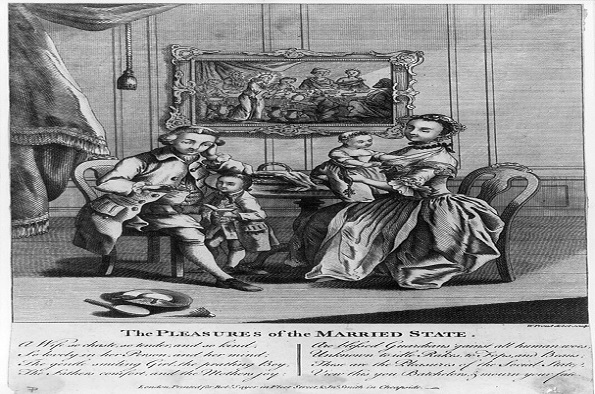
A ‘Fraudster’ and an ‘Importunate Woman’: Examining the connected legal identities of married women litigants, ‘next friends’ and trustees in the eighteenth-century Court of Chancery
- Prof Mark Towsey
- Admission: This is a free event, however please register via the Eventbrite link provided
- Book now
Add this event to my calendar
Click on "Create a calendar file" and your browser will download a .ics file for this event.
Microsoft Outlook: Download the file, double-click it to open it in Outlook, then click on "Save & Close" to save it to your calendar. If that doesn't work go into Outlook, click on the File tab, then on Open & Export, then Open Calendar. Select your .ics file then click on "Save & Close".
Google Calendar: download the file, then go into your calendar. On the left where it says "Other calendars" click on the arrow icon and then click on Import calendar. Click on Browse and select the .ics file, then click on Import.
Apple Calendar: The file may open automatically with an option to save it to your calendar. If not, download the file, then you can either drag it to Calendar or import the file by going to File >Import > Import and choosing the .ics file.
Blackstone famously described husband and wife, under the common law doctrine of coverture, as ‘one person at law’. At common law, a wife could not sue without the attachment of her husband to the suit. However, much recent scholarship demonstrates that eighteenth-century wives were able to assert their own separate legal personhood in both equity and ecclesiastical courts. The unified identity of husband and wife, and indeed the patriarchal order of the household, was interrupted and sometimes obliterated by inter-spousal suits brought to the Court of Chancery by married women against their husbands. Here, the emphasis was not on the unity of husband and wife, but the unity of married female litigant and her ‘next friend’, by whom she was obliged to sue according to Chancery’s rule. In theory, the next friend, often also the married female litigant’s trustee, facilitated a wife’s exercise of legal autonomy. In reality, the next friend could act as either help or hindrance to a wife, who was often separated from or abandoned by her husband.
The relationships, both social and legal, of a married female plaintiff and her next friend and trustees will be explored through examination of a Chancery litigant named Anne Colemore, a remarried businesswoman whose 1729 suit against her husband shaped Chancery’s separate estate jurisprudence. Her trustee and next friend, Humphry Morice (slave trader, Bank of England Governor, “fraudster”) was so indebted by his death that within a term his widow, Katherine, was facing suits at common law and equity of over £100000. Anne and Katherine’s legal lives culminated in a 1737 House of Lords case. This case study demonstrates the practical complexities of negotiating exceptions to coverture. It further shows that Chancery suits exemplifying these relationships could set important precedent, thus affecting the substantive law and invoking legal change.
